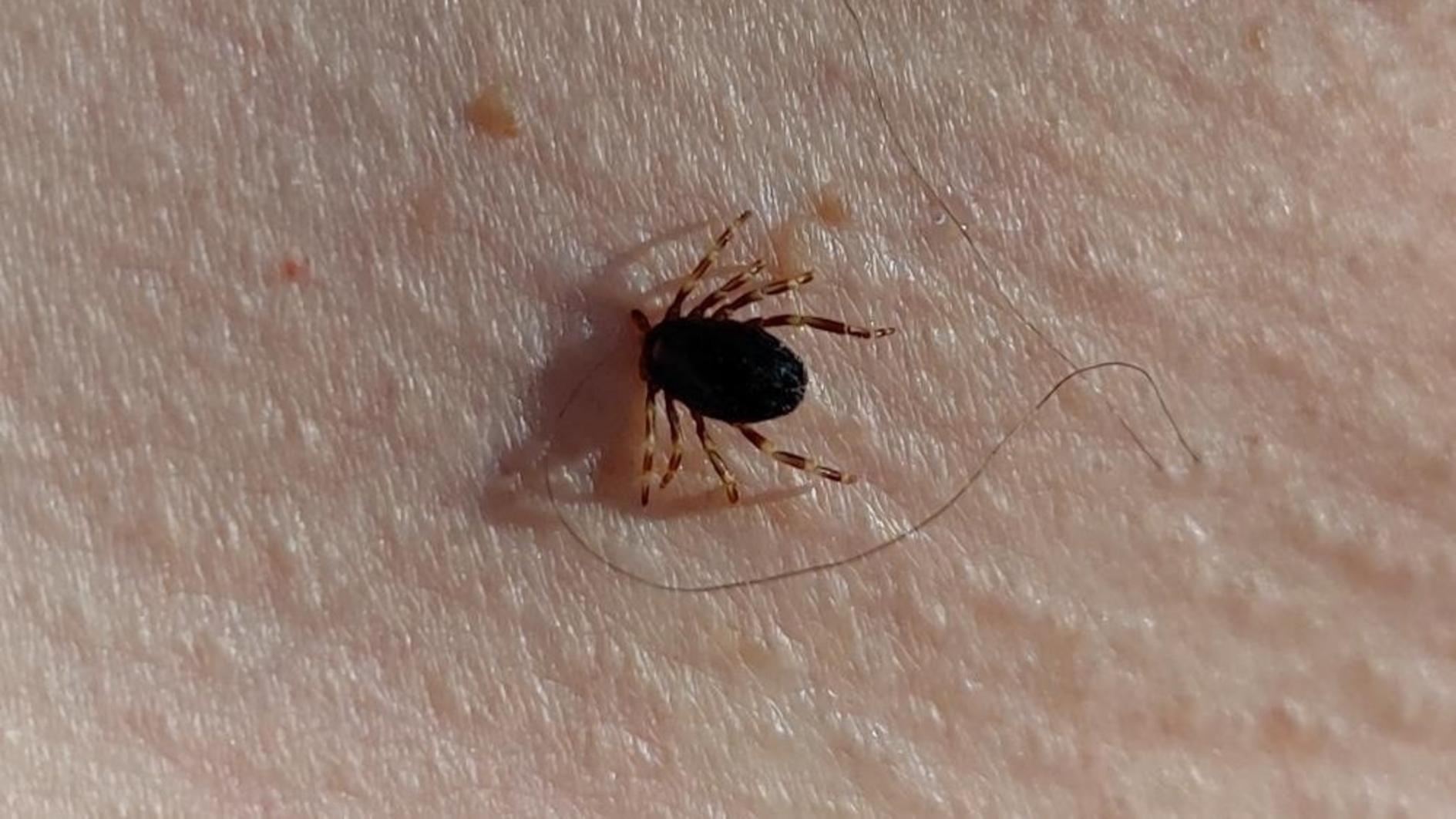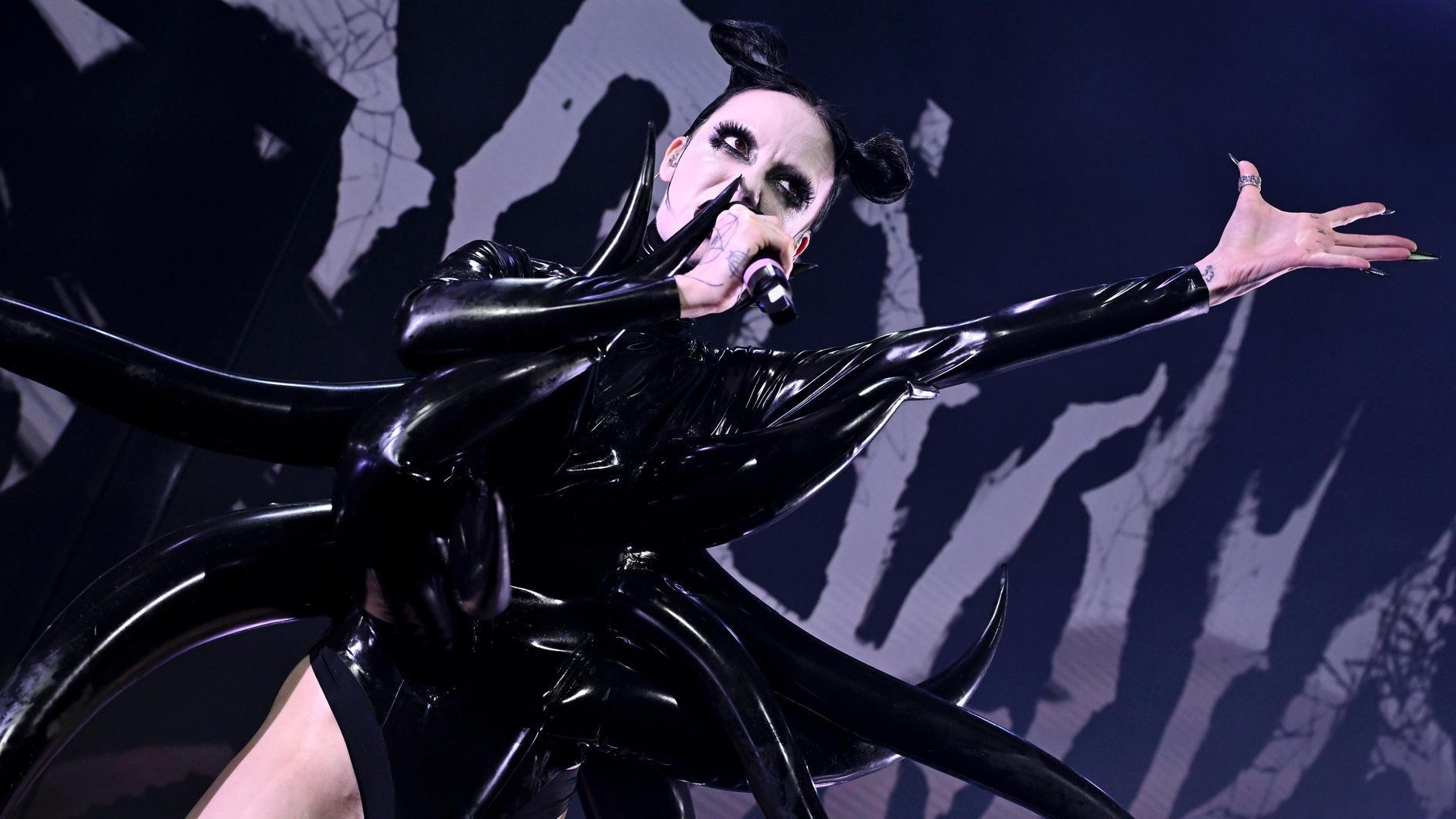Deniz Gezmiş and friends commemorated on 44th anniversary of execution
ANKARA – Anadolu Agency

DHA photo
Deniz Gezmiş, Yusuf Aslan and Hüseyin İnan, three student leaders executed in 1972 for attempting to overthrow the constitutional order, were commemorated on May 6 with several ceremonies to mark the 44th anniversary of their death.The commemorations began in Ankara late on May 5 with a group from the main opposition Republican People’s Party’s (CHP) youth branch and the party’s Altındağ district branch, gathering in front of the Ulucanlar Prison Museum, where the three were executed in 1972.
During the ceremony, the group marched from the Altındağ district branch building to the museum with torches and laid down red flowers and candles next to three symbolic gallows. They also hang a wreath which read “we will not let this be forgotten” on the walls of the museum.
In the ceremony, pictures and videos from the courtroom where the trio was tried were also shown to the attendants.
Speaking during the ceremony, CHP deputy head Tekin Bingöl said they would continue to commemorate Gezmiş, Aslan and İnan every year and that they would not let them be forgotten.
“Being a revolutionary requires a stand based on principles and determination. Being a revolutionary means living a life of honor and strong personality,” said Bingöl, referring to the three.
Gezmiş, İnan and Aslan were found guilty under Article 146 of the Turkish Criminal Code (TCK), “attempting to change all or part of the Constitution of the Republic of Turkey.” They were executed on May 6, 1972, at Ulucanlar Penitentiary in Ankara, after the March 12, 1971, military coup.
Gezmiş became a rallying figure for the Turkish left after his death and posters of his image have become a common sight at protest rallies. In the late 1990s, Gezmiş’ likeness entered everyday life, as various clothes and accessories bearing his face gained popularity in a way comparable to Ernesto “Che” Guevara.
















